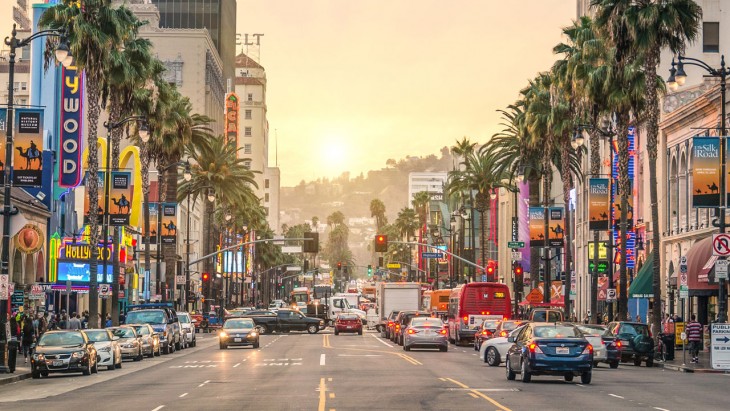City: Los Angeles | Tools: The urbanization of suburbia
“What matter to us, who look at it for the moment in this detached way from very far above, or even really to the actual citizens themselves to-day, those old boundaries of the countries, which were once traced so painfully and are still so strictly maintained, from use and wont or for purposes other than practical ones? What really matter nowadays the divisions between innumerable consistent villages and minor boroughs whose historic names are swallowed up, apparently for ever, like those microscopic plants, those tiny plants and animals, which a big spreading amoeba so easily includes, so restlessly devours? Here for most practical purposes is obviously a vas new unity, long ago well described as a ‘province covered with houses’ “.
Geddes, Patrick (1915): ‘Cities in Evolution’. Williams&Norgate. London. p. 26-27.
“The persistence of such overgrown containers would indicate that they are concrete manifestations of the dominant forces in our present civilization; and the fact that the same signs of overgrowth and overconcentration exist (…) show that these forces are universal ones, operating almost without respect to the prevailing ideologies or ideal goals. While one must recognize such facts, it would be premature to believe that these processes are final and irreversible: we have already surveyed a vast amount of data that demonstrates that, even in cultures far less committed to quantitative growth than our own, there comes a point when the tumorous organ will destroy the organism at whose expense it has reached such swollen dimensions. Meanwhile normal birth, growth, and renewal may elsewhere shift the balance.”
Mumford, Lewis (1961): ‘The city in history-its origins, its transformations, and its prospects’. Harcourt, Brace&World. New York. p. 526-527.
Urban Design
Urban Design involves place making- the creation of setting that imparts a sense of place to an area . This process is achieved by establishing identifiable neighborhoods, unique architecture , ascetically pleasing public places and vistas , identifiable landmarks and focal points and a human element established by compatible scales of development and ongoing public stewardship. This is exactly what Los Angeles has designed itself without even following the conventional rules. The best way to find the best solution to the problem is to just mix up everything , just tangle up everything and then slowing start to untangle it .That’s when you see a brand new solution out of the infinite , just like one made by Galapagos on grasshopper .Like mentioned earlier in the lecture its like a whole concept of New Babylon , the main principal was to get lost , the idea is to create society which we could get lost , hit walls and bounce back , disorient ourselves and mix up all the races and to create a new culture. To create a free culture . This is what geddes gets at , when he mentions a big spreading amoeba . But when we look at Mumford’s point of perspective , these swell cities with there own fake Disney culture and fancy cars might be a universal force that drives it without following the conventional rules . There comes a time when this tumor grows and kills the body . But a normal growth of a city would lead to a balanced shift. It would be one of the most stable cities, but not as interesting as a Babylonian concept and make it unique.
